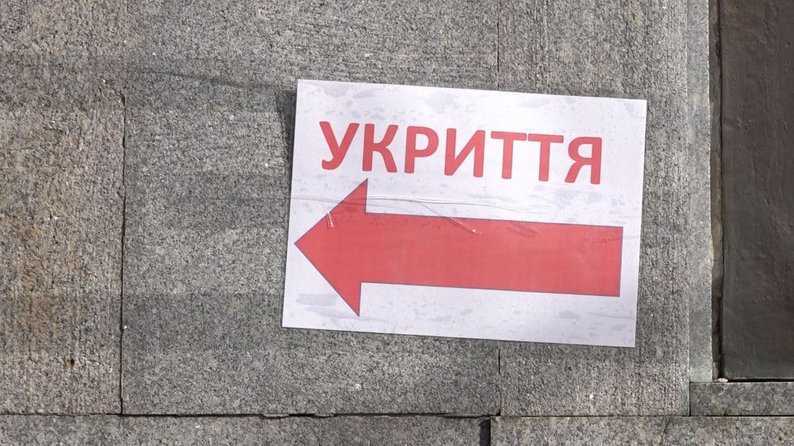
In order to organize the protection of the population in modern conditions, protective structures of civil defense (anti-radiation shelters), as well as the simplest shelters, are used.
Protective structures of civil defense – structures designed to protect (shelter) the population from means of mass destruction in a special period and from the effects of factors of damage in emergency situations in peacetime (hereinafter – protective structures);
They are divided into storage facilities and anti-radiation shelters and are the main means of collective protection of certain categories of the population.
Anti-radiation shelters are engineering structures of a lower category, which are designed to protect against the effects of ionizing radiation in the event of radioactive contamination of the area and allow the estimated number of sheltered persons to stay in them continuously for up to two days (hereinafter referred to as the radiation protection shelters).
The simplest shelters are structures in the underground space of cities and other settlements (underpasses, garages, etc.), mines, basements, and other premises that can be used to protect the population in the event of a man-made or natural emergency.
List of protective structures of the Chervonograd TG with information on the results of their technical inventory

